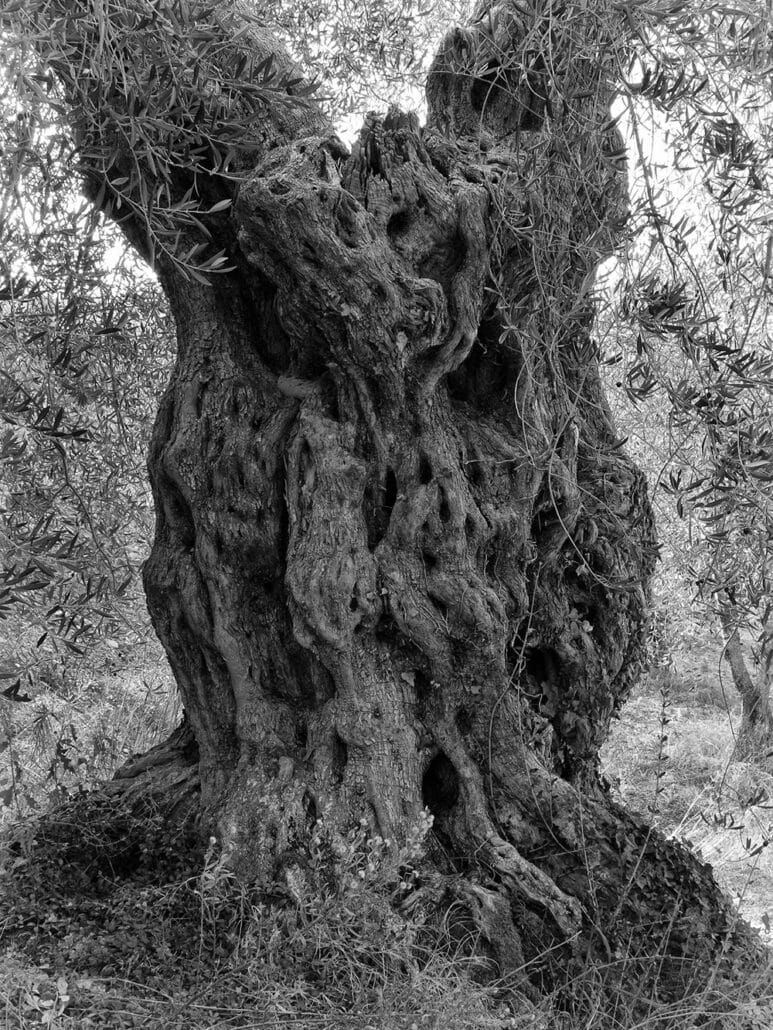Photo by Nicholas Coleman
Coleman Collection #2
PRODUCER
Frantoio Franci
CULTIVAR
Frantoio
Harvest Date
October 2015
REGION
Grosseto, Tuscany
The Frantoio olive is the most popular cultivar for oil production in central Italy. This olive produces a relatively high yield, thrives in low temperatures and is self-pollinating. It is traditionally used in blends alongside Moraiolo and Leccino olives, which are harvested and pressed together based on the overall ripeness of the field. The name Frantoio stems from the Italian verb frangere meaning “to crush.” These olives speckle the Tuscan landscape and typify the flavor of its regional cuisine, making it one of the most prized and identifiable cultivars in the world.
Due to their early harvest, Tuscan oils tend to have strong aromas of freshly cut grass and bitter herbs, ending with a pungent, lingering black pepper finish that slowly trails off in the back of the throat. The cause of this intense peppery sensation – considered an attribute of high-quality olive oil – is oleocanthal, a natural phenolic compound that has both anti-inflammatory and antioxidant properties. This style of oil is best utilized where the intent is to cut through and brighten up the dish, pairing well with red meat, cannellini beans, bruschetta or a simple tomato soup.
Giorgio Franci “cold extracts” his oil. Unlike the traditional cold pressed method, where olives are crushed with granite wheels and stacked on fiber woven mats called fiscoli underneath a hydraulic press, the olive paste runs through a series of vacuums and centrifuges and is never exposed to oxygen. This modern extraction technique produces sharper oil from more ripe fruit, is faster and more sanitary.
The olive tree can live as long as one thousand years due to its capacity to regenerate itself through pollens, which grow directly from its roots. It is a living example of the endurance of antiquity and connects us to a deeper tradition.
As for the wines, southern Tuscany has a wealth of options from which to choose. To the east of Grosseto is Morellino di Scansano DOCG, where the indigenous Tuscan grape, Sangiovese, is referred to as “Morellino”, and wines from this appellation must be produced from a minimum 85% of the grape. They bear resemblances to the great wines of Chianti further north but usually offer up softer tannins and more fruit-forward notes of cherry, leather, and herbs.
The second appellation a stone’s throw from Grosseto is Montecucco DOC. Producers make white wines, rose wines, and red wines from a variety of grapes. Those worth seeking out are the saline and sharp Vermentino white wines – great for your spread of cured meats and cheeses. Equally delicious are the rose wines that are crafted primarily from Sangiovese and/or Ciliegiolo, but can incorporate up to 40% of other approved grape varieties.



